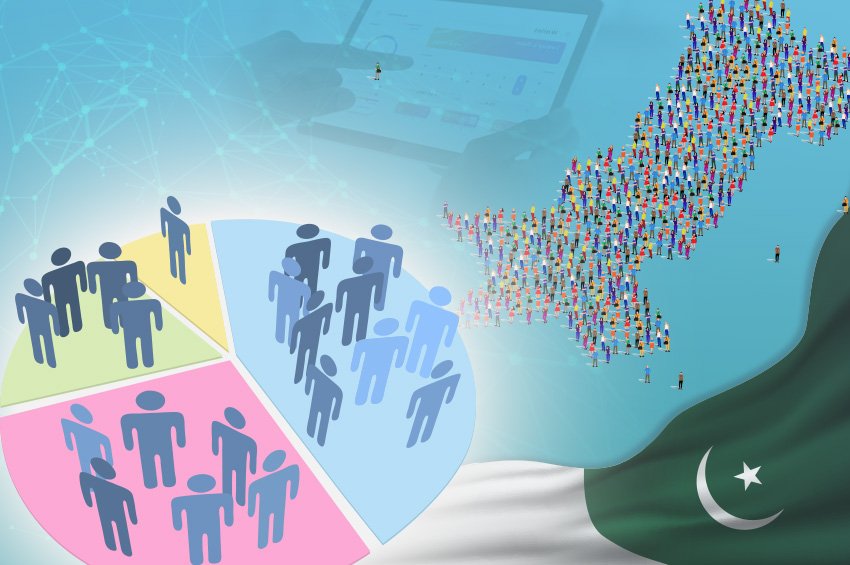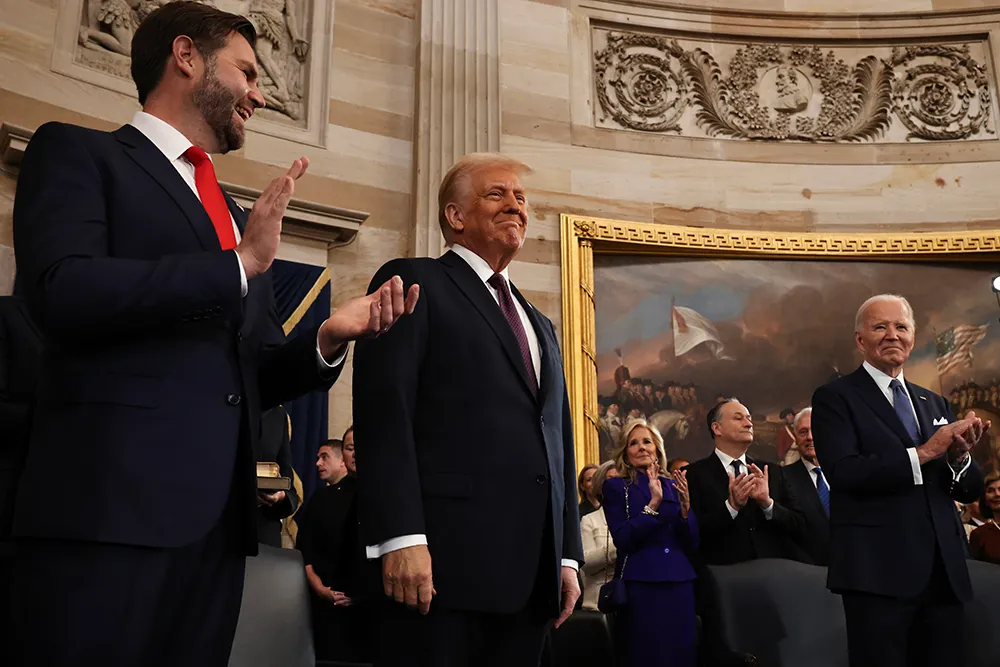Editorial
The rapid rise of the internet and Generative AI (Gen AI) is reshaping leadership dynamics across politics, business, technology, and academia. As younger, digitally native individuals ascend to leadership roles with ease, traditional leaders are finding it increasingly difficult to keep up. This shift is more than a simple generational change — it is a fundamental redefinition of leadership in an era where technology democratizes access to information, innovation, and influence.
In the past, leadership was defined by hierarchical structures, where power and decision-making were concentrated within established institutions. Today, platforms powered by AI, such as ChatGPT and MidJourney, allow individuals to innovate, collaborate, and lead without relying on traditional gatekeepers. Entrepreneurs can now design products, market them globally, and manage operations using digital tools, bypassing the need for traditional corporate infrastructure. These technological advances have broken down barriers to entry and shifted leadership from traditional systems to a more decentralized model, defined by creativity and digital literacy.
Pl watch the video and subscribe to the YouTube channel of republicpolicy.com for quality podcasts:
Social media platforms like Twitter, Instagram, and TikTok amplify voices, allowing grassroots movements and small startups to challenge established institutions. Movements like #MeToo and Fridays for Future show how digital platforms enable small groups to drive global change without institutional backing, further eroding the monopoly that traditional leaders once held over power and influence. This decentralization has created a more inclusive model of leadership, where younger generations, or ‘digital natives,’ excel. Their values — inclusivity, sustainability, and ethical responsibility — align with the demands of today’s leadership environment, positioning them as the architects of future leadership.
Traditional leaders, however, face significant challenges in adapting to this new landscape. Stuck in outdated systems, many corporate and academic leaders struggle to keep pace with technological advancements. Their risk-averse cultures and reliance on rigid hierarchies hinder innovation. In contrast, younger leaders are more collaborative, adaptable, and capable of leveraging technology to drive change. For traditional leaders to remain relevant, they must embrace lifelong learning, engage with younger generations, decentralize decision-making, and prioritize ethical practices.
The shift in leadership dynamics is undeniable. As technology continues to disrupt traditional structures, those in power must adapt or risk becoming irrelevant. The future of leadership will blend tradition with innovation, where experience and creativity come together, and technology drives empowerment and progress.
















